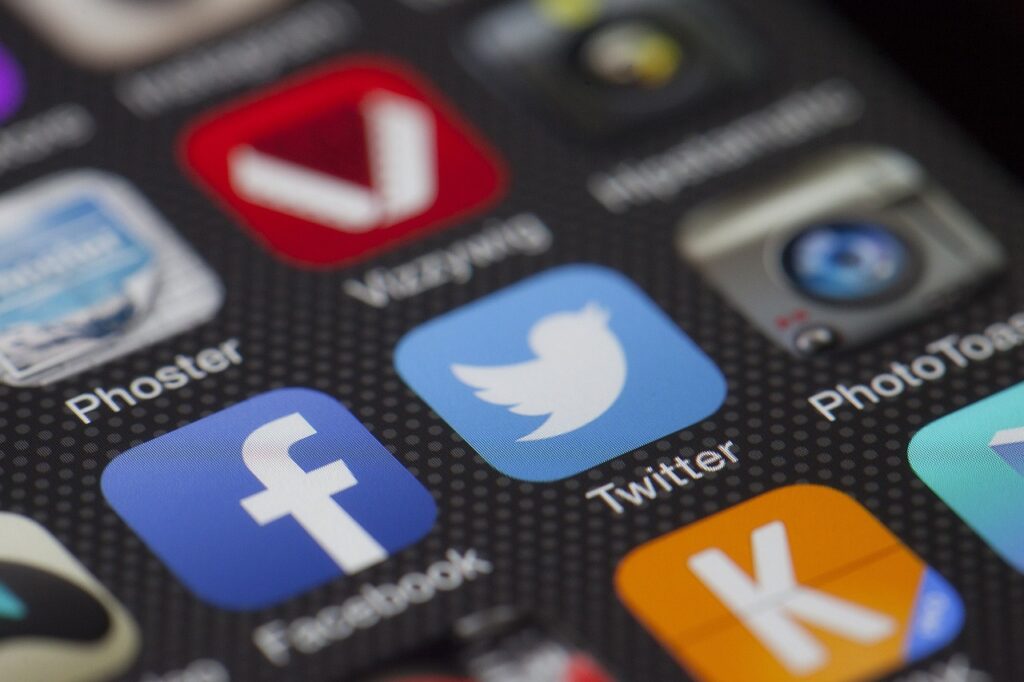Social media has become an integral part of daily life for students worldwide. Platforms like Instagram, TikTok, Twitter, and Facebook offer instant communication, access to information, and a space for self-expression. While these networks provide valuable opportunities for learning and collaboration, they also present significant challenges to students’ focus and academic performance. Understanding the dual impact of social media is essential for parents, educators, and students themselves. In this article, we will explore both the positive and negative effects of social media on student learning and focus.
1. Positive Impacts of Social Media on Learning
Access to Educational Resources
Social media platforms serve as a bridge to a vast pool of knowledge.
- Online Communities: Groups on Facebook and Reddit, or educational TikTok and YouTube channels, provide resources, study tips, and peer support.
- Expert Insights: Students can follow educators, scientists, and industry experts for reliable information and career advice.
- Real-Time Information: Twitter and LinkedIn offer the latest news and trends in various fields, keeping students informed.
Collaborative Learning
Social media fosters collaboration among students through:
- Group Chats: WhatsApp and Discord allow students to form study groups, share notes, and solve problems collectively.
- Crowdsourced Learning: Platforms like Quora enable students to ask questions and receive answers from a global community.
- Project Management: Tools like Trello and Slack integrated with social networks streamline group projects and assignments.
Enhancing Digital Literacy
Using social media responsibly teaches students valuable skills.
- Content Creation: Blogging, video production, and graphic design skills are honed through platforms like YouTube and Instagram.
- Research Skills: Learning to discern credible sources from misinformation is a crucial aspect of using social media effectively.
- Networking Opportunities: LinkedIn helps students build professional connections and explore career paths.
2. Negative Impacts of Social Media on Focus
Distraction and Reduced Attention Span
One of the most significant drawbacks of social media is its potential to fragment attention.
- Constant Notifications: Alerts from Instagram, Snapchat, and other apps interrupt study sessions and decrease productivity.
- Scrolling Addiction: Infinite scrolling and short-form videos lead to a phenomenon known as “continuous partial attention,” making it hard to concentrate on academic tasks.
- Multi-Tasking Myth: Research suggests that students who switch between studying and checking social media perform worse academically.
Decreased Academic Performance
Excessive use of social media correlates with lower grades and diminished learning.
- Procrastination: Platforms designed to maximize screen time often delay homework and study routines.
- Sleep Disruption: Nighttime usage reduces sleep quality, impacting memory retention and cognitive function.
- FOMO (Fear of Missing Out): Anxiety about missing out on social updates can further distract students during study hours.
3. Mental Health and Its Impact on Learning
Social media can significantly influence students’ mental well-being, which in turn affects their learning abilities.
- Comparison and Self-Esteem: Curated content on platforms like Instagram can lead to negative self-assessment, impacting students’ confidence in their academic abilities.
- Cyberbullying: Negative interactions and bullying online contribute to stress and a decline in academic performance.
- Dopamine Dependency: The instant gratification from likes and comments can create a dependency that distracts from long-term academic goals.
4. Strategies to Balance Social Media Use and Learning
Set Screen Time Limits
- Digital Wellbeing Apps: Use built-in tools on Android and iOS to track and limit social media usage.
- Scheduled Breaks: Adopt the Pomodoro technique to manage study time with short breaks for social media.
Create a Study-Conducive Environment
- No-Phone Zones: Keep phones away from study areas to minimize distractions.
- Browser Extensions: Tools like StayFocusd block distracting sites during study hours.
Promote Mindful Usage
- Curate Feeds: Follow educational accounts and unsubscribe from distracting or negative profiles.
- Reflective Practices: Encourage students to assess how they feel before and after using social media to identify harmful patterns.
5. Role of Parents and Educators
Digital Literacy Education
- Workshops: Schools should offer classes on responsible social media use, focusing on privacy, cyberbullying, and time management.
- Parental Controls: Parents can utilize apps to monitor and manage their child’s social media activity.
Encouraging Offline Activities
- Hobbies and Sports: Engaging in physical activities can reduce screen time and improve focus.
- Reading Challenges: Incentivize reading books over digital content to strengthen attention span.
Conclusion
Social media’s impact on student learning and focus is a double-edged sword. While it offers unprecedented access to information and collaborative opportunities, its potential for distraction and negative mental health effects cannot be ignored. Striking a balance through mindful usage, setting boundaries, and promoting digital literacy is crucial. By understanding and addressing the challenges posed by social media, students can harness its benefits without compromising their academic success.


